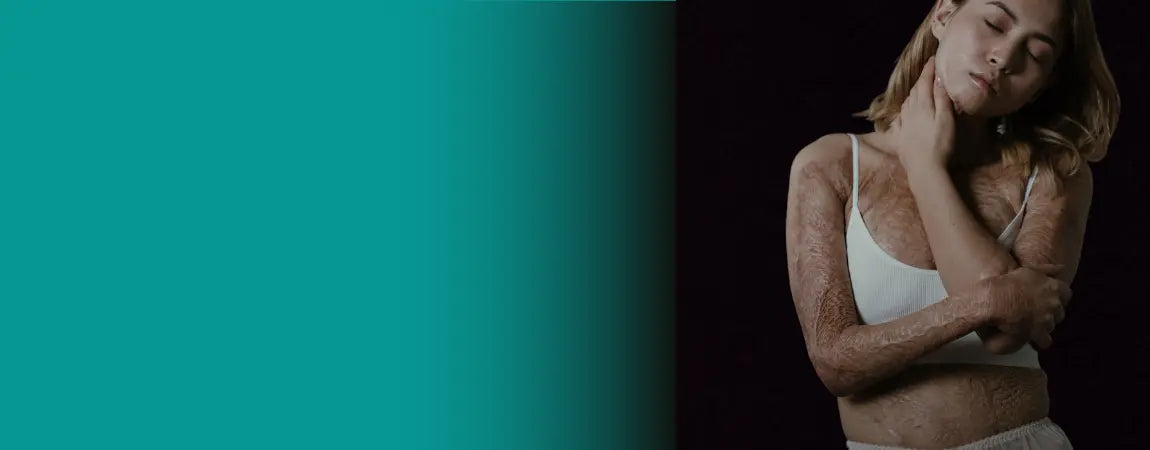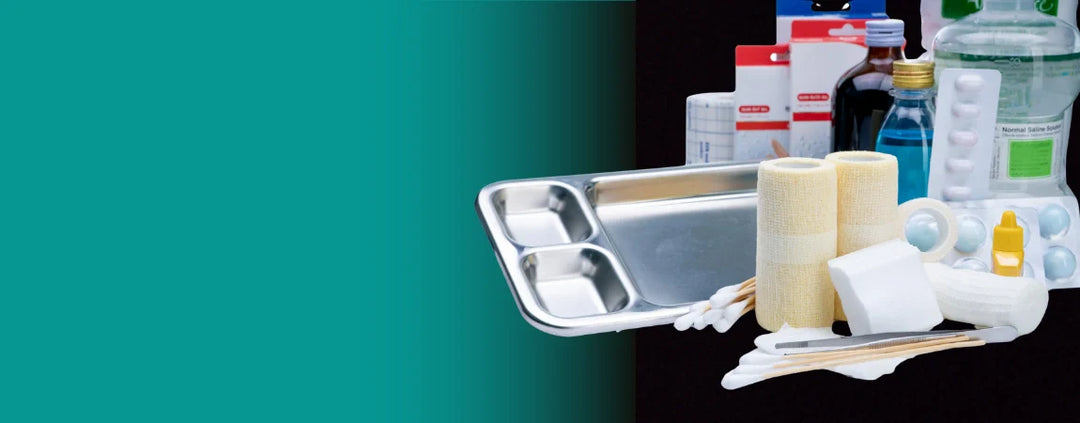Aesthetics, in both medical and artistic contexts, refers to the study and experience of beauty and visual harmony. In medicine, it encompasses procedures aimed at enhancing physical appearance, such as cosmetic dermatology and plastic surgery. In art and design, aesthetics pertains to how we perceive and emotionally respond to form, color, texture, and balance.
With the global surge in cosmetic procedures and the growing cultural obsession with beauty, understanding the psychological and aesthetic aspects behind appearance enhancement is more crucial than ever. These dimensions span neurology, philosophy, and clinical psychology. The psychology of aesthetics isn’t limited to what looks good—it dives deeper into how beauty impacts our self-image, mental health, and social identity.
Historical and Philosophical Foundations
Early thinkers like Plato and Aristotle viewed beauty as a universal truth, while philosophers such as Kant emphasized the subjectivity of aesthetic judgment. Hume highlighted the emotional nature of beauty, and Freud saw aesthetic expression as an outlet for unconscious desires.
Over time, aesthetics evolved from pure philosophy to an interdisciplinary field that integrates emotional, cognitive, and sensory experiences. Today, we understand aesthetic appreciation as a complex interplay between perception, memory, emotion, and cultural norms.
Psychological Motivations Behind Aesthetic Behavior
People seek aesthetic enhancement for many reasons: to boost confidence, express identity, or meet societal standards. Media and pop culture reinforce narrow ideals of beauty, pushing individuals toward aesthetic treatments.
Clinically, issues like Body Dysmorphic Disorder (BDD) emerge when individuals obsess over minor or imagined flaws. BDD and related conditions such as anxiety and low self-esteem are increasingly common among patients pursuing cosmetic procedures.
Aesthetic Perception and Emotional Response
Our perception of beauty involves the brain's visual and emotional centers. Aesthetic stimuli, whether a symmetrical face or a minimalist painting, can evoke feelings of joy, serenity, or even discomfort.
According to the processing fluency theory, we tend to prefer images that are easy to process. This explains why balanced proportions and familiar patterns often appear more beautiful.
Individual Differences in Aesthetic Judgments
Aesthetic preferences vary greatly depending on cultural background, personal experiences, personality traits, and even mood. While an art critic may admire abstract minimalism, a general viewer might find comfort in realism.
Beauty standards have shifted across eras and regions. What is deemed attractive today may differ entirely from historical or cross-cultural norms.
Neuroscience of Aesthetic Experience (Neuroaesthetics)
Neuroaesthetics identifies the brain areas involved in aesthetic appreciation. The orbitofrontal cortex, amygdala, and visual cortex all play roles in processing beauty and emotional reactions to it.
This research informs cosmetic practice and design by explaining why certain proportions or features are universally pleasing, while others evoke tension or unease.
Clinical Considerations in Cosmetic Practice
A 2020 study by Castillo et al. highlights the psychological risks involved in cosmetic procedures. Many patients suffer from undiagnosed psychiatric conditions, particularly BDD, depression, or anxiety. Read the study on PubMed
The paper urges practitioners to conduct psychological screenings and, when necessary, refer patients to mental health professionals before proceeding. Ethical practice includes:
- Building trust and rapport
- Managing expectations
- Recognizing red flags (e.g., dissatisfaction with multiple previous procedures)
- Saying "no" when a procedure may cause more harm than good
In the context of aesthetic procedures and the psychological effects of beauty enhancement, products that aid in the recovery process play an essential role in restoring both physical appearance and emotional well-being.
One such product range that aligns with the psychological and aesthetic goals of patients recovering from cosmetic or medical procedures is the extensive selection from Biodermis. These products not only contribute to the physical healing of scars and other skin imperfections but also play a key role in boosting a patient’s confidence, which is an integral part of the psychological recovery process.
Epi-Derm Silicone Scar Sheets
For instance, Epi-Derm Silicone Scar Sheets are a trusted, non-invasive solution to minimize the appearance of scars. These sheets deliver effective all-day scar therapy while offering protection against rub-off from clothing, making them ideal for use during the healing process. They can be worn for 12-24 hours, washed, and reused, making them both a cost-effective and reliable option for scar management.
BIOCORNEUM
In addition to Epi-Derm, BIOCORNEUM is another remarkable product designed to address hypertrophic (raised, red) scars and keloids, particularly those resulting from surgical and cosmetic procedures. This clinically proven and SPF product reduces the appearance of scars by providing a combination of medical-grade silicone and antioxidant ingredients. Available in different sizes, BIOCORNEUM is an effective solution for both old and new scars, with consistent application recommended for optimal results over 60-90 days.
Episof
Further advancing the field of skincare, Episof, a new and improved version of Dermasof Silk, is a silicone gel designed to aid in scar treatment, stretch marks, and fine lines. With a silky-soft texture that dries quickly, Episof is perfect for post-operative care, especially for scars or areas of skin that may be in constant contact with clothing. Its medical-grade silicone creates a moisture and oxygen-rich environment that accelerates the skin’s natural repair response.
For those seeking to manage bruising and expedite healing after procedures like Botox, liposuction, or dermal fillers, EpiRepair bruise cream, with its potent blend of Arnica, Vitamin K, and Green Tea Extract, helps to reduce bruising and inflammation while promoting faster skin recovery.
In addition to these, Biodermis also offers Epi-Tape for securing dressings, Pro-Sil and Pro-Sil SPF for convenient, on-the-go scar treatment, and SilqueClenz, a gentle cleansing solution for scars and sensitive skin areas.
These products, like Epi-Derm silicone scar sheets, support both physical recovery and the psychological process of healing by restoring confidence and comfort during the post-procedure period. Their role is integral in bridging the gap between aesthetic improvement and emotional well-being, proving that aesthetics in healthcare is much more than just skin deep—it’s about holistic healing that incorporates both the mind and the body.
Artistic Creativity and Aesthetic Expression
Creativity is central to aesthetic production. From sculpture to makeup artistry, imagination and symbolism give form to emotional and intellectual expression.
The psychology of creativity explores how individuals generate beauty and meaning through artistic practice, often as a form of self-healing or communication.
Critiques and Debates
Some scholars argue against reducing aesthetics to brain activity or psychological conditions, favoring a more holistic or cultural approach.
There is also debate between subjective and objective beauty. While some features are widely accepted as beautiful, personal and cultural differences reveal that aesthetic experience is deeply individual.
FAQs
What is aesthetics in psychology?
Aesthetics in psychology refers to how individuals perceive, process, and emotionally respond to beauty, art, and visual harmony. It explores the mental and emotional impact of aesthetic experiences.
What are the aspects of aesthetics?
Key aspects include perception, emotion, cultural context, personal preference, creativity, and neurological processing. These combine to shape how we experience and judge beauty.
What are the psychological benefits of aesthetics?
Positive aesthetic experiences can boost mood, enhance self-esteem, reduce anxiety, and improve social confidence, especially when related to body image and personal expression.
Conclusion
Aesthetics is far more than skin-deep. It intersects with our mental health, cultural identity, neurological wiring, and philosophical ideals. Whether in cosmetic clinics or art studios, the psychological and aesthetic aspects of beauty are deeply intertwined.
A multidisciplinary approach—involving clinicians, psychologists, neuroscientists, and artists—is essential for responsible and meaningful engagement with beauty in modern life.



